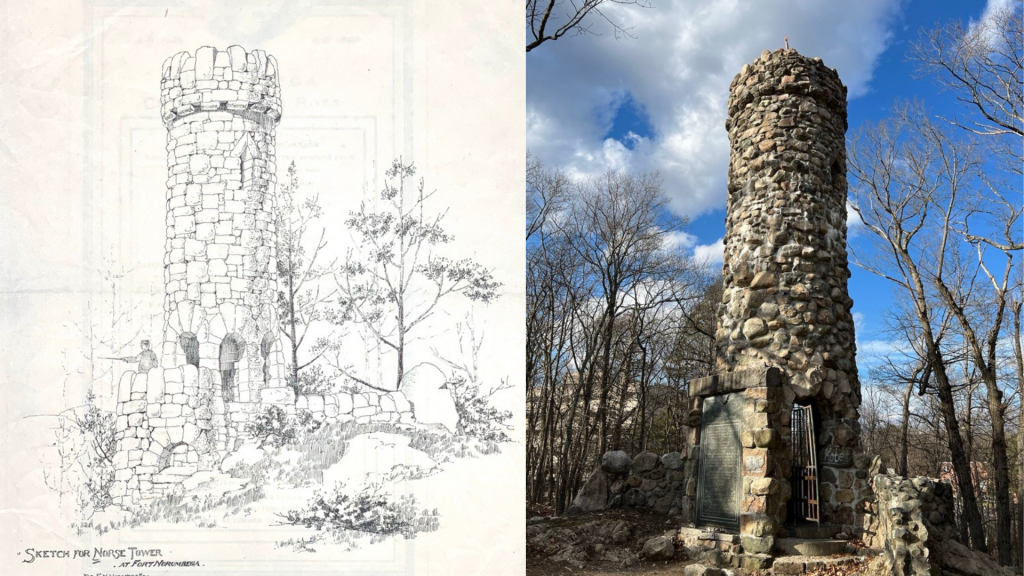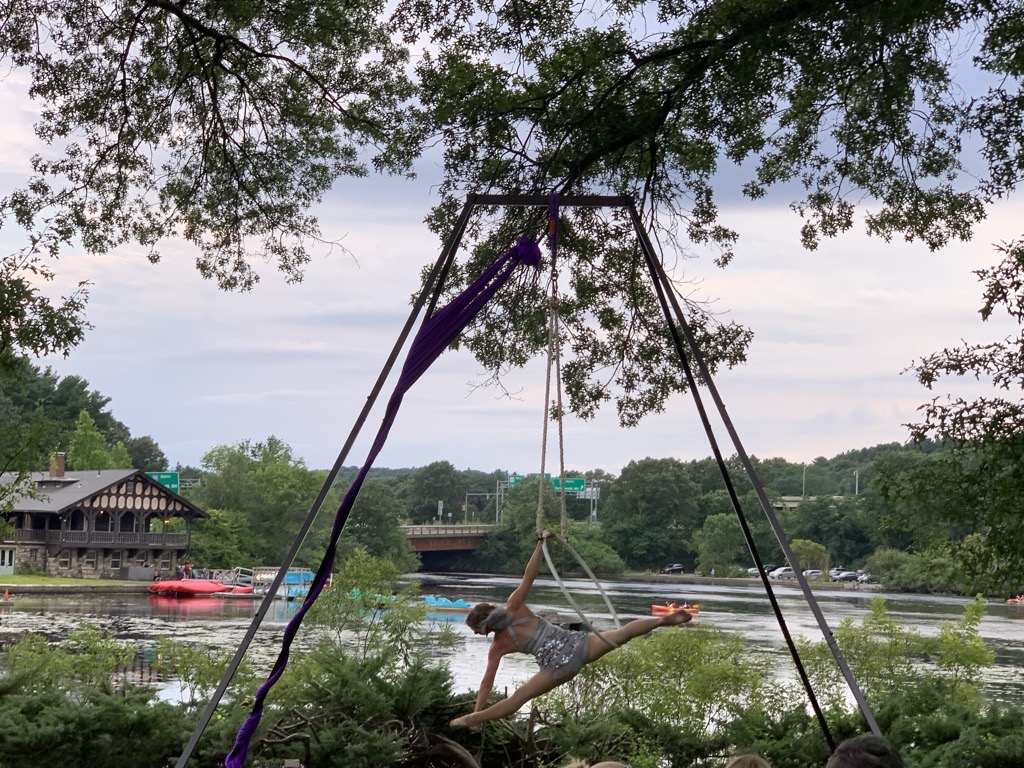by Hannah Goeselt, Reader Services
Continued from Part 1 & Part 2.

In the Preface to the 1892 publication The Landfall of Leif Erikson, AD 1000, and the Site of his Houses in Vineland, Horsford points out “the Committee appointed by the Massachusetts Historical Society to investigate the problem of the Northmen give the following as, in the judgement of the Corresponding Secretary, “the result of the best historical criticisms”: [and here he quotes back the verdict from the December 1887 Proceedings] These authorities seem to have written under the impression that the evidence, if there be any, of the presence of the Northmen at any particular point on the New England coast might be found in print. As they have failed to find it, they have been led to the conviction that such evidence cannot be found.”
Haynes, as the author of this quote, for his part elaborated on this point in the 1890 Proceedings in that he “was entirely innocent of any intentional disrespect when I ventured upon the unlucky comparison of Leif Ericson with Agamemnon”1, and that the parallel came more from a real belief in the Iliad king rather than skepticism in the existence of the Sagas Vikings.
Despite this—or maybe in some passive aggressive way because of—the Society’s continued animosity to his theories, Horsford made sure to gift a copy of every one of his published books to the MHS at the earliest opportunity. A closer look at the Society’s copy of The Landfall of Leif Erikson shows it is personally inscribed at the front: “Massachusetts Historical Society / with the compliments of the author / Cambridge Dec. 25. 1891”.
Within this whole drawn-out affair, we also see the erasure of Indigenous history in the battle for Leif Erikson’s presence in New England, with the most blatant being the memorial committee’s insistence on Dighton Rock2 being somehow of Nordic production rather than created by a group much more local. Horsford’s theory behind a Viking Norumbega follows a similar line of thought, in that he reasoned the word itself must be a bastardization of ‘Norbega’, an archaic wording for Norvega, or Norway. The word “Norumbega” had originally appeared on several 16th century European maps of the American Northeast before the region became New England. Thought to be a mythic city of gold and riches, a bit like its Southern cousin of El Dorado, it is now acknowledged as most likely a misquote of the Abenaki ‘nolumbeka’, a calm stretch of water between two rapids3.
Aftermath
Horsford had alluded to the actual site of Leif’s home at Gerry’s Landing (a strip along the Charles in Cambridge) multiple times in previous writings with the intention of eventually publishing an in-depth monograph on it. However, after his death in early 1893, it was his daughter, Cornelia “Nellie” Horsford, who published Leif’s House in Vineland. / Graves of the Northmen later that same year, a posthumous collaboration investigating evidence for Horsford’s other major discovery. The experience of finding archeological “evidence” of Leif Erikson’s home in Cambridge would inspire Cornelia to continue her father’s research, including sponsoring trips to Iceland to visit actual Viking sites and digs.
In 1895, the Norumbega tower and Leif statue were further linked by the construction of Comm Ave and its new street railway line, the two monuments now situated at opposite ends. Two years later, an amusement park and boating house named after Horsford’s precious Viking city sprung up on the opposite side of the Charles, within site of the tower. The Norumbega Park & Totem Pole Ballroom would become a beloved weekend destination for families and couples well into the 1960s.

Further Resources
Greis, Gloria. “Vikings on the Charles, or, The Strange Saga of Norumbega, Dighton Rock, and Rumford Double-Acting Baking Powder”, Needham History Center & Museum.
The Discovery Of The Charles River By The Vikings (Part One), History Cambridge.
“Series A: Eben Norton Horsford”. Record Group IV: Horsford Family: Sylvester Manor Archive: NYU Special Collections Finding Aids
“Subseries B: Norumbega Writings, 1871-1892″. Horsford Family Papers (MC5), Guides to Institute Records and Manuscript Collections (rpi.edu)
Silverstein, Clara and Sara Leavit Goldberg. Norumbega Park and Totem Pole Ballroom. Arcadia Publishing, 2021.
1 Proceedings of the Massachusetts Historical Society, Second Series, vol. V (February 1890), p.332-340.
2 this is explored more in depth in the publication The Place of Stone: Dighton Rock and the Erasure of America’s Indigenous Past by Doug Hunter (Chapel Hill, the University of North Carolina Press, 2017).

